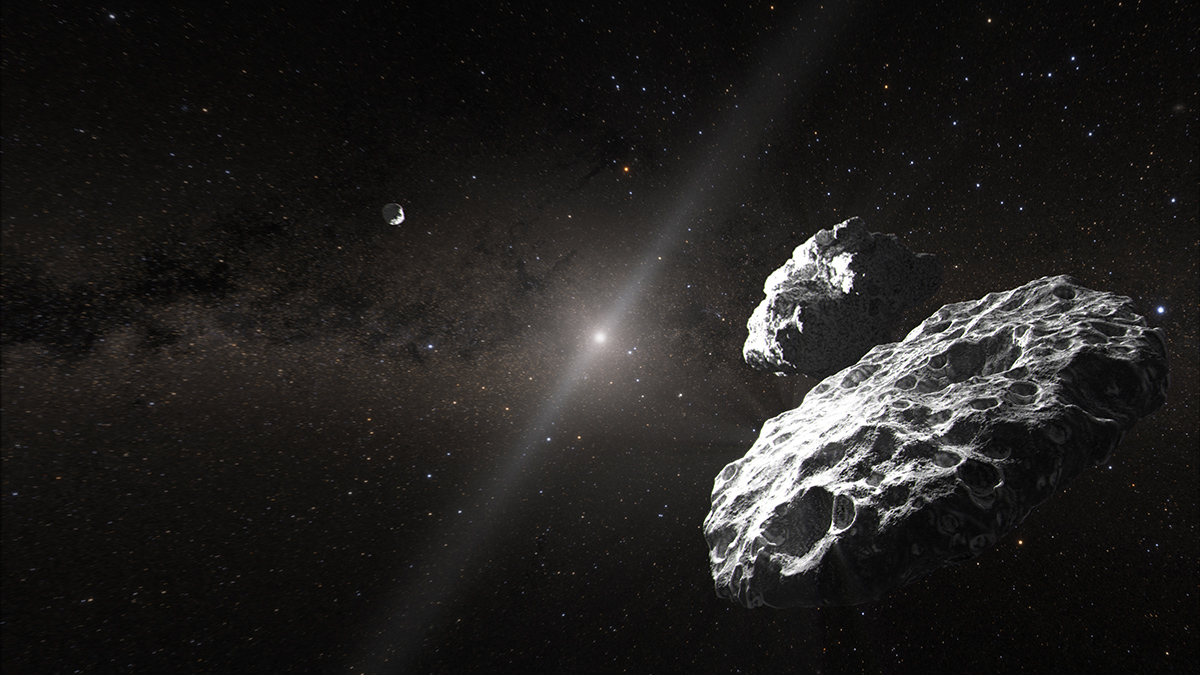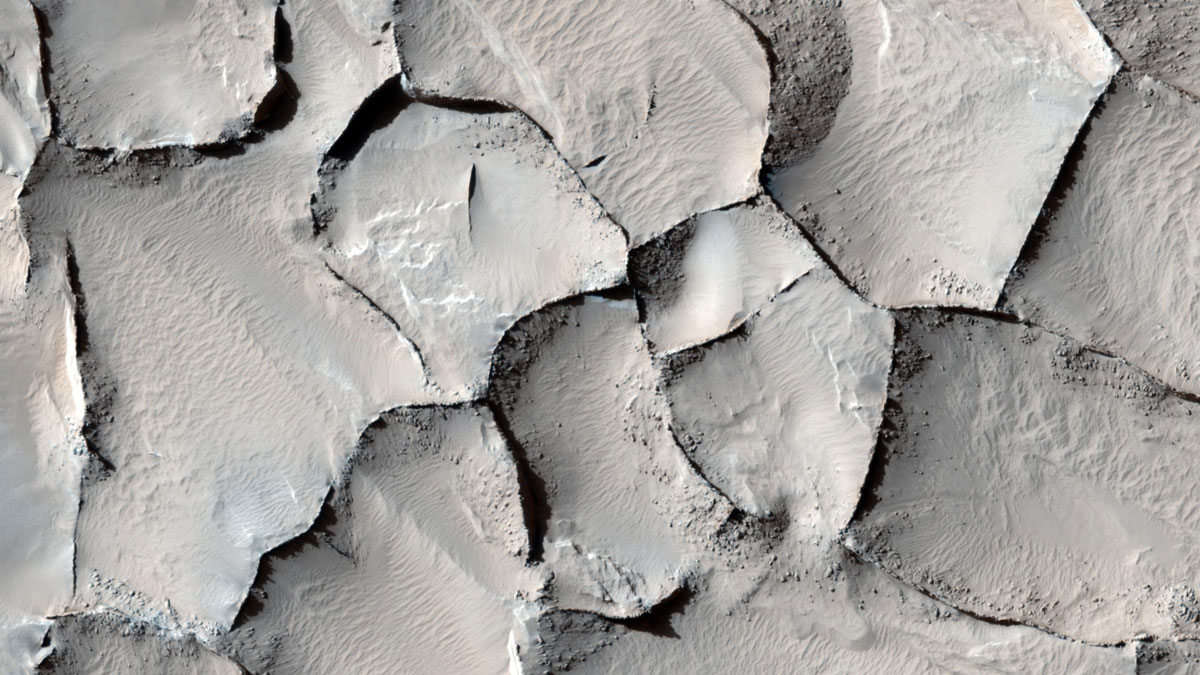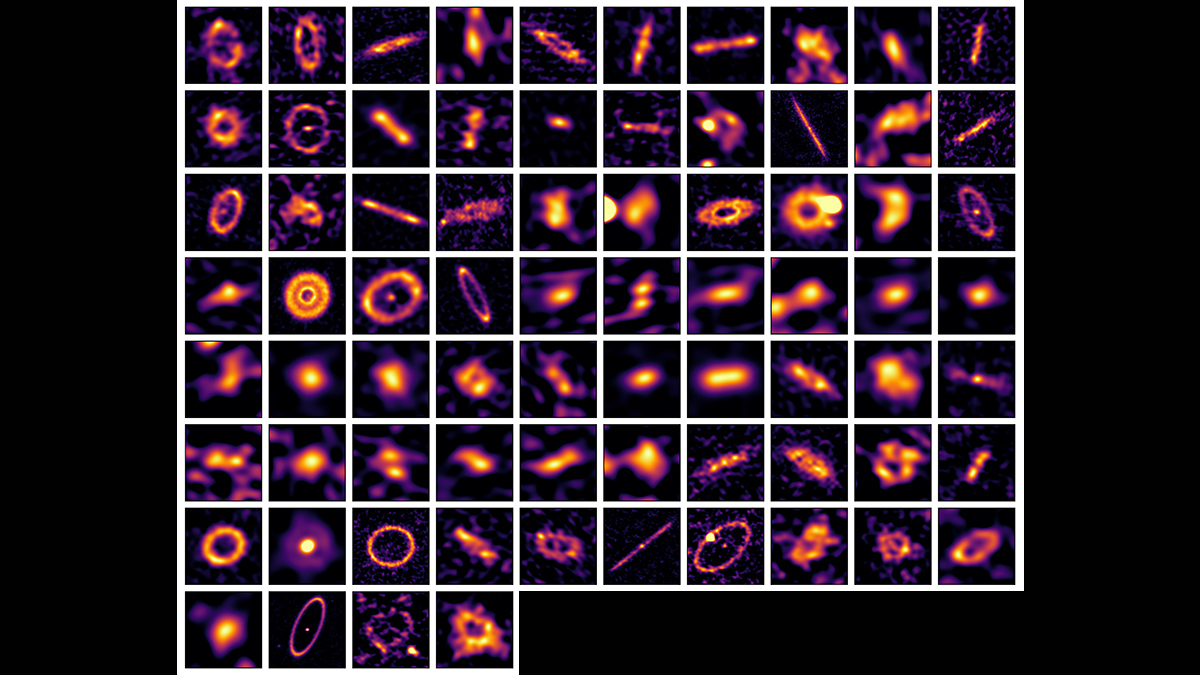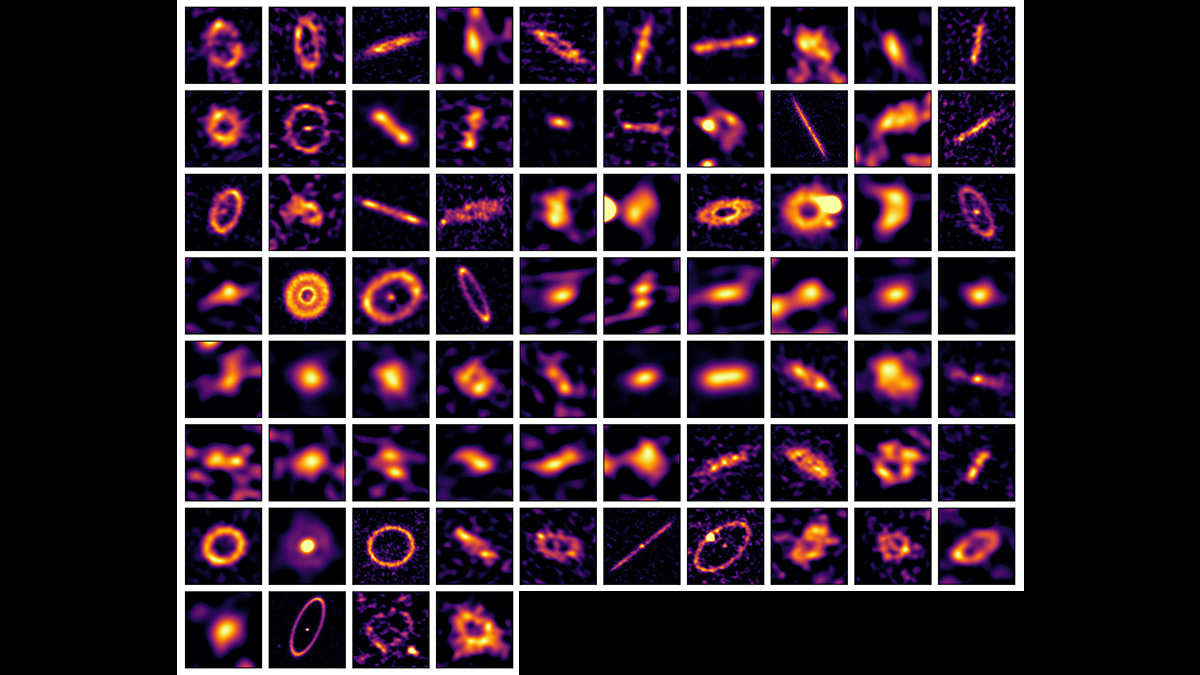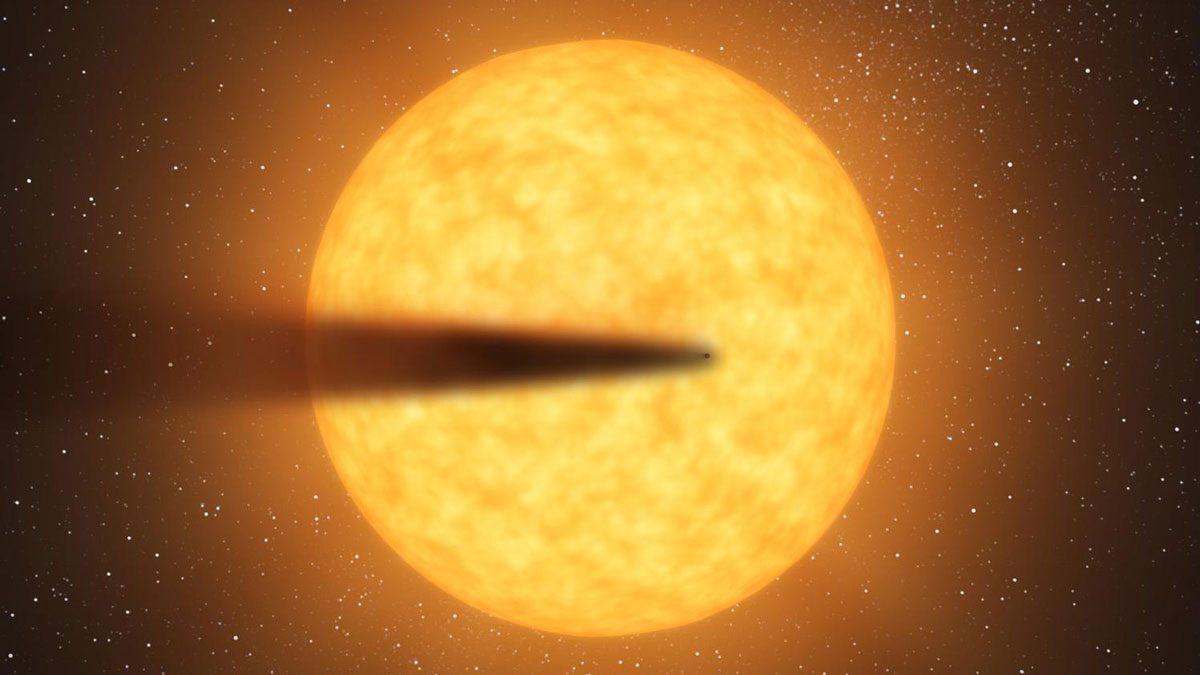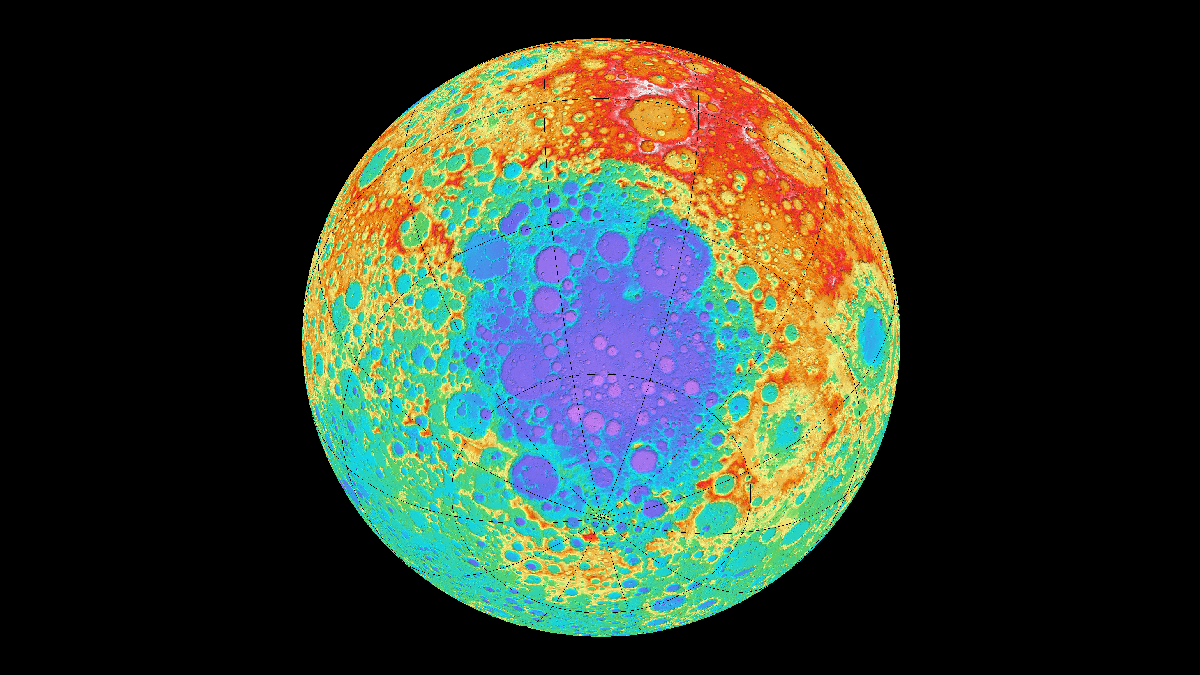The trans-Neptunian object Altjira, 44 times farther from the Sun than Earth is, could be the second known trinary, confirming a theory about the formation of our solar system.
planetary evolution
Cracks on Planetary Surfaces Hint at Water
Imagery of fractured terrain on Venus, Mars, and Jupiter’s moon Europa pinpoints environments influenced by water.
Cinturones polvorientos ofrecen una visión más clara de la formación de exoplanetas
Las observaciones en longitudes de onda milimétricas de polvo y guijarros en 74 sistemas estelares sugieren que las migraciones planetarias podrían ser más comunes de lo que pensábamos.
Dusty Belts Provide Clearer Insights into Exoplanet Formation
Millimeter-wavelength observations of dust and pebbles in 74 star systems hint that planetary migrations might be more common than we realized.
Pluto Captured Charon with a Kiss
A newly understood collision mechanism could explain some peculiarities of Pluto and its moons.
Scientists Finally Get a Good Look at a Disintegrating Exoplanet
The James Webb Space Telescope offers astronomers a rare glimpse into the chemical composition of a rocky planet’s interior—and the results are “very surprising.”
Telescopes Catch the Aftermath of an Energetic Planetary Collision
A planetary collision 1,800 light-years away birthed a body that has cooled in unexpected ways.
Magnetic Meteorites May Explain How the Solar System Assembled
Faint magnetic properties in primitive asteroid fragments suggest an early magnetic field strong enough to shepherd the growth of the outer planets.
Meteorite Sheds Light on the Moon’s Impact History
Analysis has revealed the South Pole–Aitken basin is significantly older than other impact basins on the Moon, a finding that has implications for the evolution of the early solar system.
Martian Meteorite Points to Ancient Hydrothermal Activity
The Red Planet had water—in the form of a hydrothermal system—4.45 billion years ago, new analyses of a Martian meteorite suggest.

